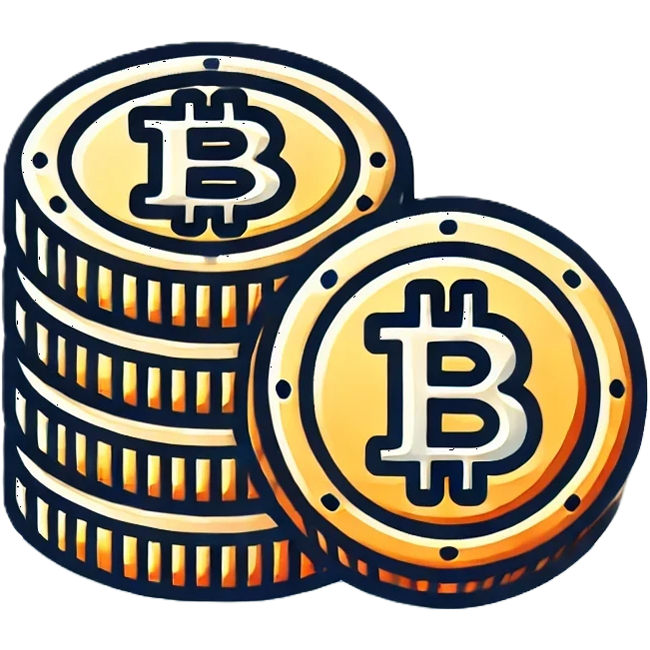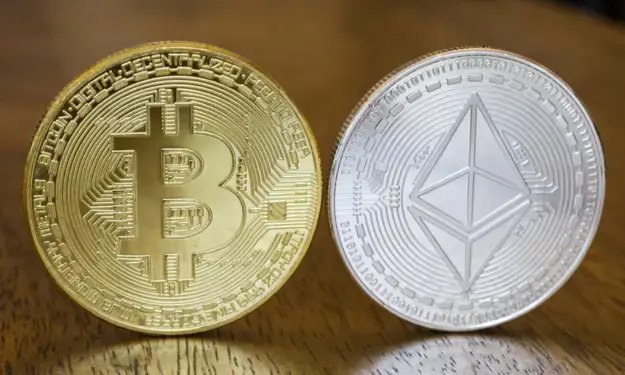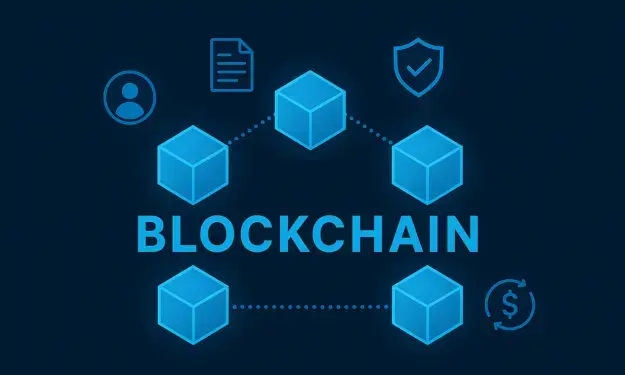Price development of Render
The share price of Render (RNDR) has experienced an interesting development since its launch. At the launch, the price was low and RNDR traded for less than $1. In the first few years, the token saw little movement, which is not uncommon for new cryptocurrencies. It was not until 2020, when the crypto market showed a strong bullish trend, that RNDR also began to benefit from these positive market trends.
The real breakthrough for Render came in 2021. During this year, RNDR underwent a huge rally, with the price rising to just below $8.00 in November 2021, a level that was not broken again until 2024. The rise in 2021 was driven by a combination of favorable market conditions and the growth of the Render ecosystem. Major collaborations and technological breakthroughs contributed to this impressive share price increase.
After this peak, a sharp and prolonged correction followed, ending in 2023. As can be seen in the chart below, a solid bull market follows that brings Render to an all-time high of around $14. In the first half of 2024, Render loses a significant portion of this price appreciation and on July 12, meanwhile, is now trading around $5.80 again

Advantages of investing in Render
- 1. Potential growth: Increasing demand for distributed computing power can lead to significant value growth.
- 2. Innovative technology: Render uses advanced technologies that enable new applications.
- 3. Strong partnerships: Collaborations with prominent companies increase credibility and adoption.
- 4. Increasing adoption: More and more users and companies are seeing the benefits of Render's services.
- 5. Flexibility: The platform offers versatile applications, from film production to scientific research.
Disadvantages of investing in Render
1. Market volatility: The price of Render can fluctuate greatly due to market conditions.
2. Competition: Render faces strong competitors in the industry, which may limit adoption.
3. Technological challenges: The complexity of the technology may lead to technical difficulties.
4. Regulatory risks: Changing regulations may impact Render's operational capabilities.
5. Adoption barriers: Not all potential users are willing to embrace new technologies which can hinder growth.
Disclaimer: Investing involves risk. Our analysts are not financial advisors. Always consult an advisor when making financial decisions. The information and tips provided on this website are based on our analysts' own insights and experiences. Therefore, they are for educational purposes only.

.svg)
.webp)








